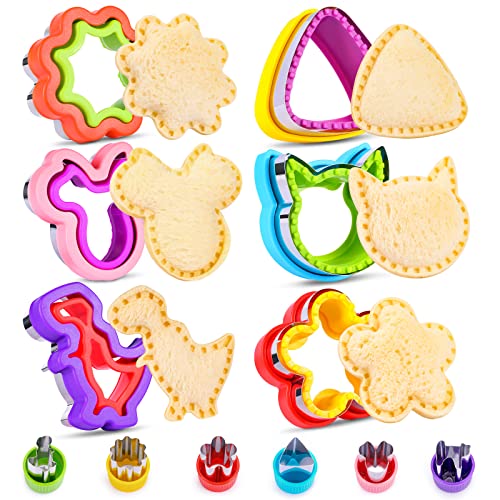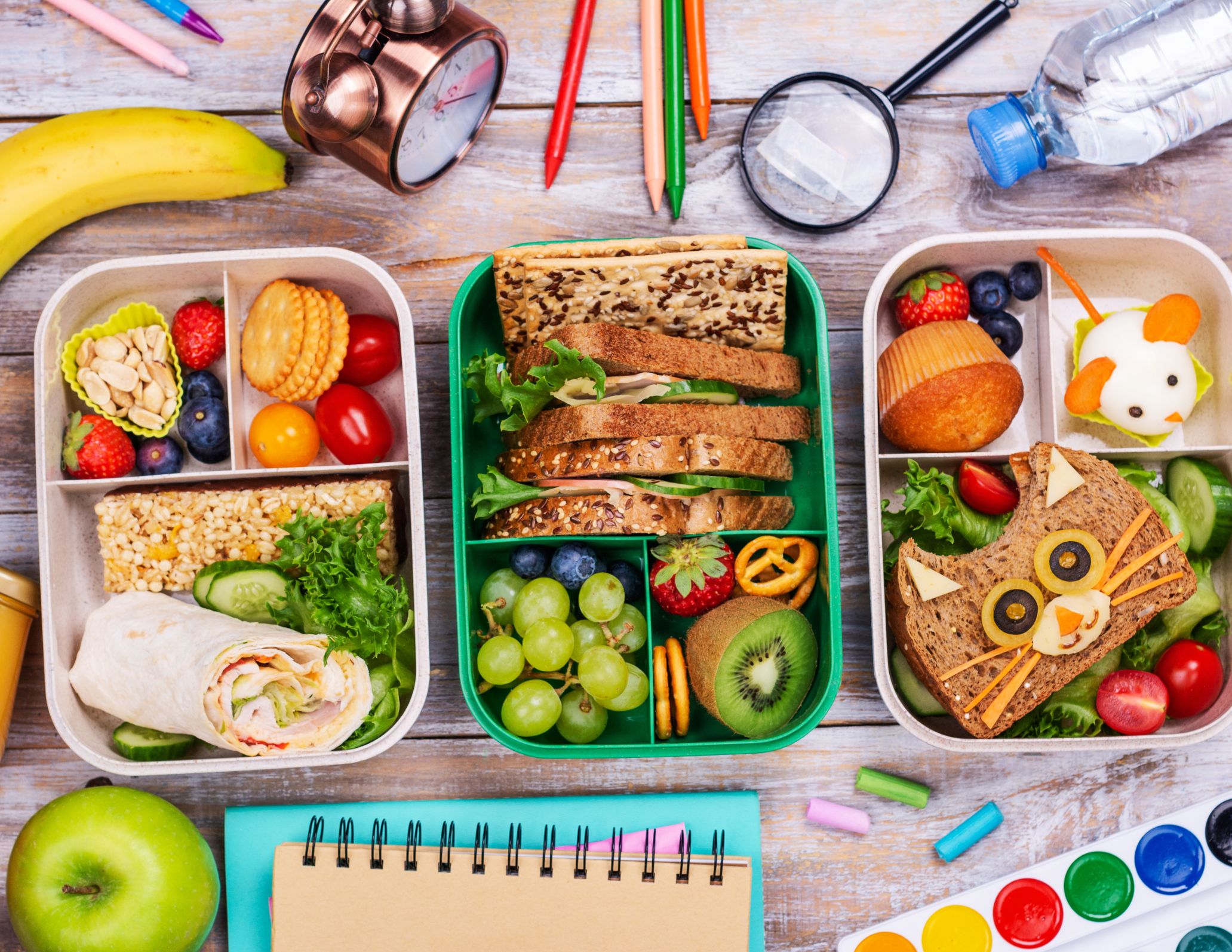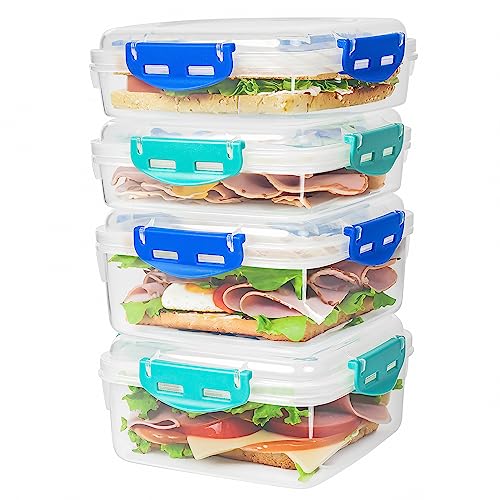Are you looking for ideas for the best school lunch options when packing lunches for your children?
Creating balanced and enjoyable school lunches is essential to keep kids fueled throughout the day. Remember to consider any allergies or dietary restrictions your child may have, and involve them in the planning process to ensure they enjoy their lunches. Additionally, try to include a mix of protein, whole grains, healthy fats, and plenty of colorful fruits and vegetables to provide a balanced and nutritious meal. Sometimes cute packaging or creative designs help to make school lunches seem more appealing. Here are some creative and nutritious ideas for the best school lunches:
- Sandwiches and Wraps:
- Turkey and cheese sandwich on whole grain bread.
- Hummus and vegetable wrap.
- Chicken or tuna salad sandwich on whole grain bread. If your kids only like white bread, here is a healthier option
- Meat and Cheese rollups are a good grain free option.
- Bento Box-style Lunches:
- Cut-up fruits like apple slices, grapes, and berries.
- Baby carrots, cucumber slices, and bell pepper strips with hummus.
- Cheese cubes or cheese sticks.
- Whole grain crackers.
- Miniature sandwiches or sliders.
- Hard-boiled eggs.

- Peanut Butter and Jelly Cutout Sandwiches
- Make sandwiches more fun with different shapes.
- These work great for any kind of sandwich.
Buy this sandwich cutter/sealer kit here…

- Use a Lunchbox: Invest in a good quality lunchbox or a container with separate compartments. This makes it easier to include different food groups without them getting mixed together.
- Consider adding an ice pack to keep cold items fresh.

- An Insulated Thermos is great for any type of soup.
- You can also use a thermos for most types of leftovers or macaroni and cheese.
- This one fits easily in a lunchbox and keeps food warm for hours.
1. Plan Ahead: Take a few minutes each week to plan out what you’ll be packing for the week. This can help you avoid last-minute rushes and ensure you have all the necessary ingredients on hand.
2. Variety is Key: Aim for a balanced mix of carbohydrates, protein, fruits, vegetables, and healthy fats. This variety not only keeps things interesting but also ensures your child gets a well-rounded meal.
3. Use a Lunchbox: Invest in a good quality lunchbox or container with separate compartments. This makes it easier to include different food groups without them getting mixed together.
4. Keep it Nutritious: Include whole grains (whole wheat bread, brown rice, quinoa), lean proteins (chicken, turkey, beans, tofu), and plenty of fruits and vegetables.
5. Involve Your Child: Get your child’s input on what they’d like to eat. When kids have a say in what goes into their lunch, they’re more likely to eat it.
6. Prep Ahead: On weekends or the night before, wash, peel, and cut fruits and vegetables. You can also pre-cook items like chicken strips or hard-boiled eggs to save time during the busy mornings.
7. Mini-Snacks: Kids often prefer bite-sized portions. Consider cutting sandwiches into smaller pieces or providing snacks like baby carrots, grapes, or cheese cubes.
8. Homemade vs. Store-Bought: Homemade options are often healthier and allow you to control ingredients. However, store-bought options like yogurt cups, string cheese, or whole-grain crackers can be convenient additions.
9. Hydration: Don’t forget to include a water bottle to keep your child hydrated throughout the day.
10. Temperature Control: If packing foods that need to be kept cold, consider using an ice pack or a thermos to maintain the desired temperature.
Packing school lunches can be both fun and challenging. The goal is to provide your child with a nutritious and balanced meal that they’ll enjoy eating. Here are some tips to help you pack school lunches effectively. Remember that flexibility is important. Some days, your child might want a classic sandwich, while other days, they might prefer a wrap or a salad. Keep an open line of communication with your child to understand their preferences and adapt accordingly.



